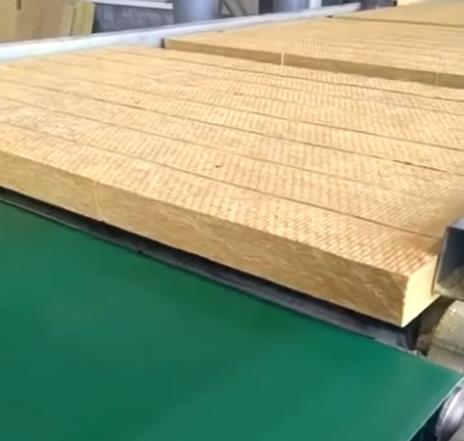
Installing floor insulation can improve energy efficiency and reduce unwanted noise levels from the space above by up to eight times. The Rockwool Board product range includes dual-density and single-density Rockwool products with impressive thermal properties that prevent heat from escaping through the floor and ceiling space. How floor insulation can be used in a variety of flooring applications, from intermediate floors and floating floors to suspended floors. Other solutions can also be found under our ceiling insulation page.
Why do we need floor insulation?
The floors of a building are conductors for the transmission of sound and heat. This can cause long-term problems for occupants and owners, such as annoying noise, high energy bills and colder living conditions. These problems are becoming more and more common. In the future, the places we live in may be urbanized, and with urbanization, there will be more sources of noise, so Rockwool Board will be needed for sound insulation. For insulation, different floor types also require unique insulation solutions to help improve their energy efficiency. These include:
Suspended subfloors, floors suspended above crawl spaces, require higher insulation performance boards due to the high risk of heat loss. Floor-to-floor, subfloor or basement floors that are in direct contact with the ground, are prone to heat loss and require solid insulation to improve thermal performance. Intermediate (split) floors - floors between floors, where rockwool board insulation needs to accommodate installation between floor joists. Floating floors, where insulation is required to improve acoustic performance while maintaining the load-bearing capacity of the floor. Properly insulated floors beneath, between or on top of wood, metal or concrete structures can help overcome these obstacles.






 " />
" />